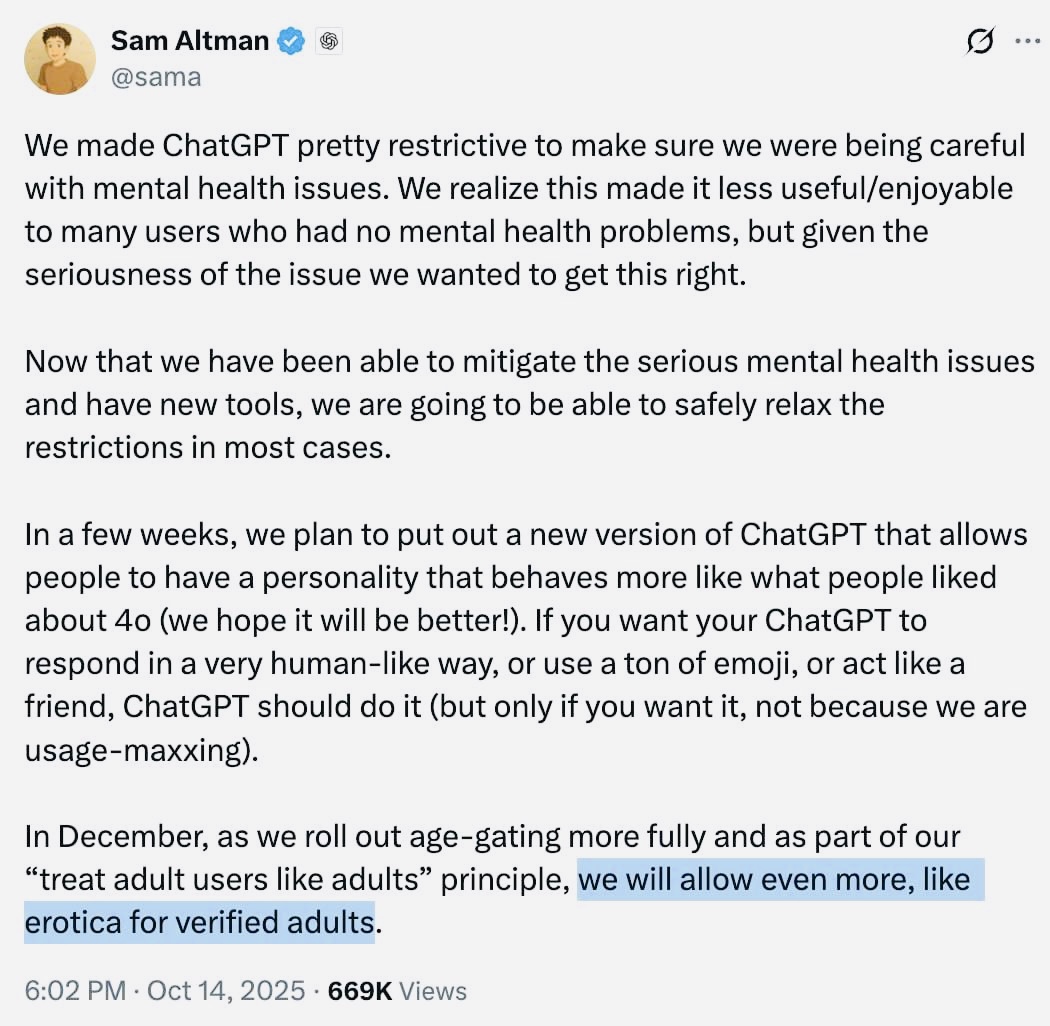Although temperatures in countries like Spain try to deny it, October is already here. And with this they come astronomical events very interesting. First of all, as every year, two meteor showers attract attention: draconids and orionids.
However, this year we also have annular solar eclipse and partial lunar eclipse. Solar eclipses are one of the most spectacular astronomical phenomena, driven by the sensation of nightfall in the middle of the day. However, unlike what happens with others such as meteor showers, it can only be seen in those few specific places where it is daytime during the hours the eclipse will last.
This excludes Spain, but not Latin America, so if you’re there, you should put the dates on your calendar. In any case, if this is not your case, don’t worry. In Europe we will see moon eclipse. In addition, October brings many interesting astronomical events and, as we always say, wonderful skies every day. Just look up.
Two meteor showers, permanent protagonists of October astronomical events
The two meteor showers in October are the Draconids and the Orionids. The first ones are very short in time. Unlike others, such as the famous Perseids, which can be observed for weeks, these, which emerged from the debris of comet 21P Giacobini-Zimmer, will only be visible from 6 to 10 October. Its peak will come on the night of October 7th. waning moon The early evening skies will leave us with dark skies, so this will be the ideal time to see them anywhere in the sky, but primarily looking towards the constellation Draco, its luminary.
In the case of the Orionids, their radiant, the constellation from which they appear to be born (although this is not entirely true), is Orion. Here’s where we should look October 21 and 22, the two peak nights of this meteor shower emanating from the dusty remnants of Halley’s Comet. In reality, it will be visible from October 2 to November 7, but these two nights will see up to 20 meteors per hour, which is twice as many as at the peak of the Draconids.
Solar eclipse for several people
The astronomical events surrounding the eclipse are especially interesting. This time it’s annular solar eclipse. That is, a phenomenon that occurs when during the new moon phase Sun, Moon and Earth alignso the satellite hides the royal star visible from our planet.
It can be seen in the southwest USA, Central America, Brazil and Colombia. The time of each country can be found on the map created by NASA for the occasion. In any case, no matter what time it is, it must be borne in mind that, unlike lunar eclipses, a solar eclipse, in which the Moon covers the Sun, turning it into a colorful fiery disk, can damage vision. Therefore, to look at it, it is necessary to take measures, especially the use of glasses with suitable filters. Since this opportunity is often used to sell glasses that do not actually comply with the rules, it is important to check that they comply with the rules. ISO 12312-2.
Hunter’s Moon
All astronomical events bring their full moon, with a beautiful legend. This time it will be 28 of Octoberwhen we see the Hunter’s Moon. It is named as it always is because of Native American legends who noted that it coincided with the time when the animals reached the ideal size for hunting.
These astronomical events also cause a lunar eclipse.
In Spain we will not be able to see the solar eclipse, but we will be able to see the lunar eclipse that will occur near the Hunter’s Moon. This will be a partial lunar eclipse. That is, the Moon will pass through Earth’s partial shadow, also known as the penumbra, so part of it will appear darker. This eclipse will be visible from Europe, Asia, Africa and Western Australia. Anyway, to find out the specific time and place, NASA created another map.
In Spain we will be able to see the total eclipse from 20:01 to 12:26 peninsular time on the night of October 28-29.
Source: Hiper Textual















